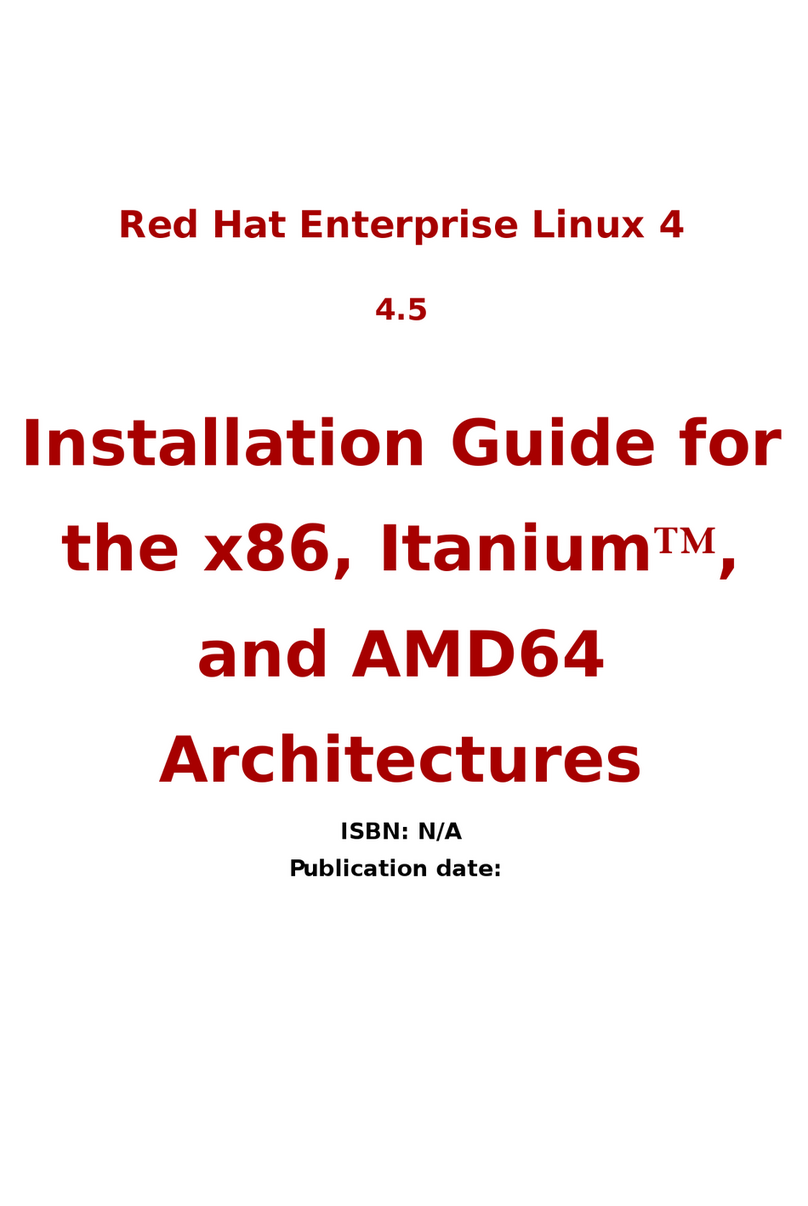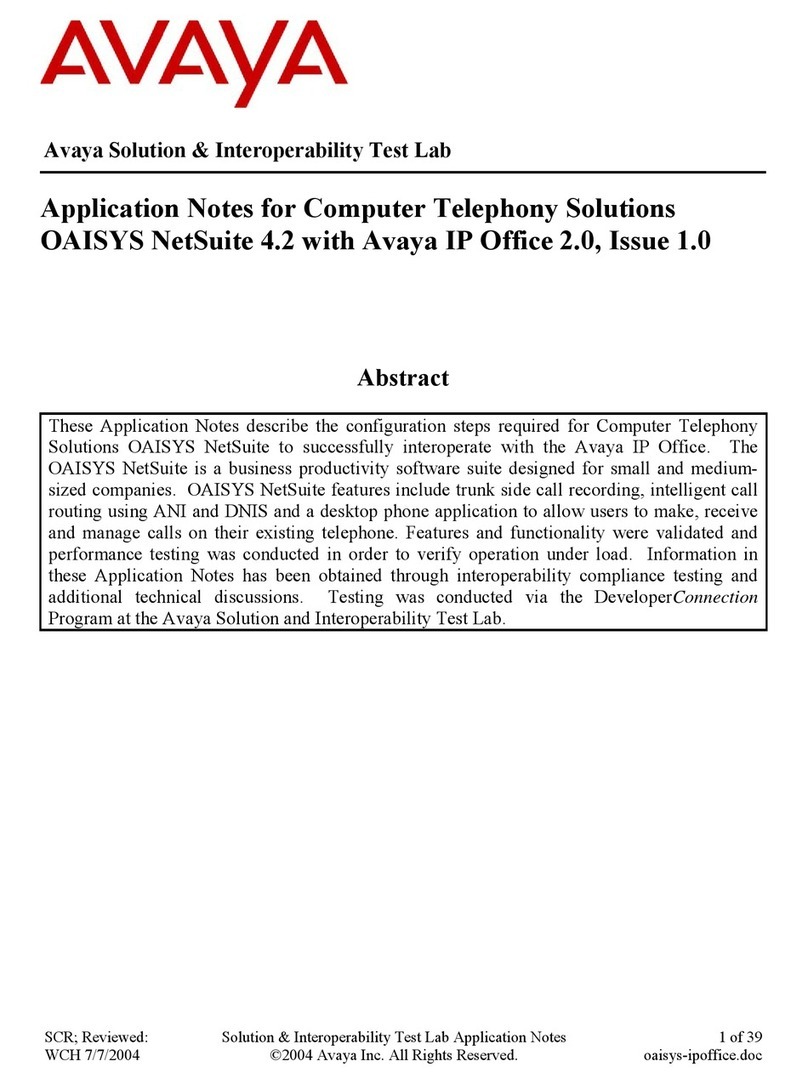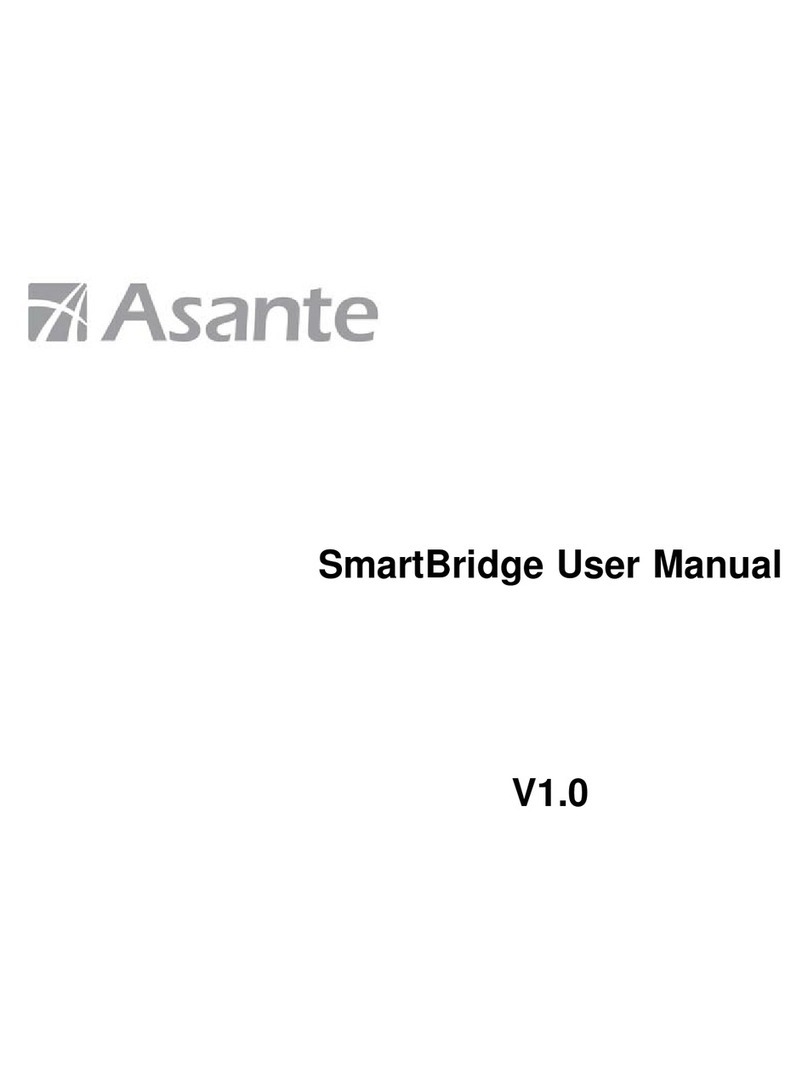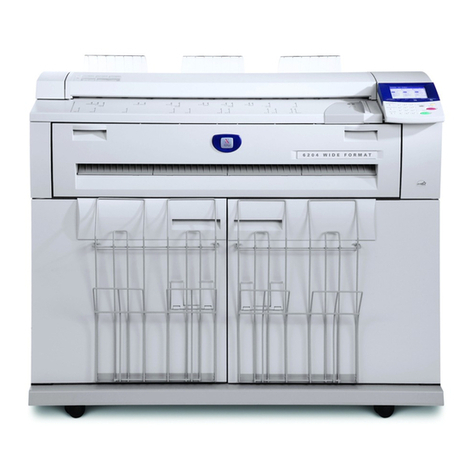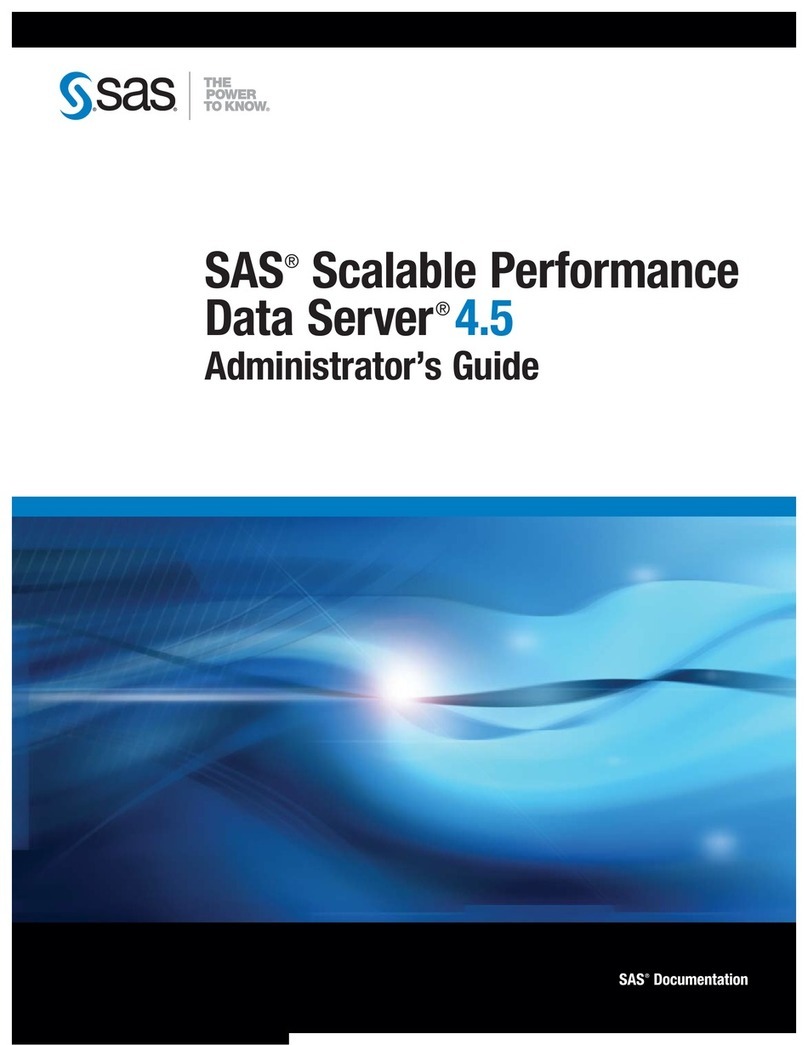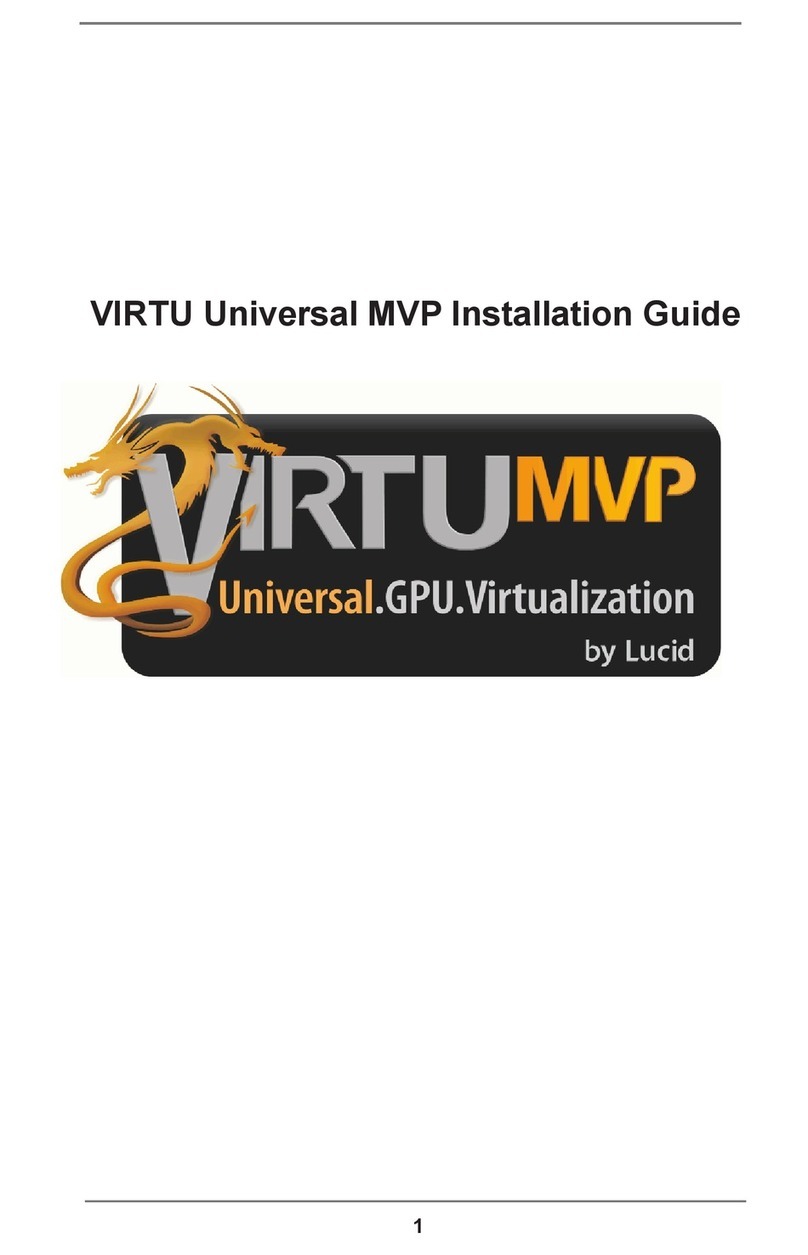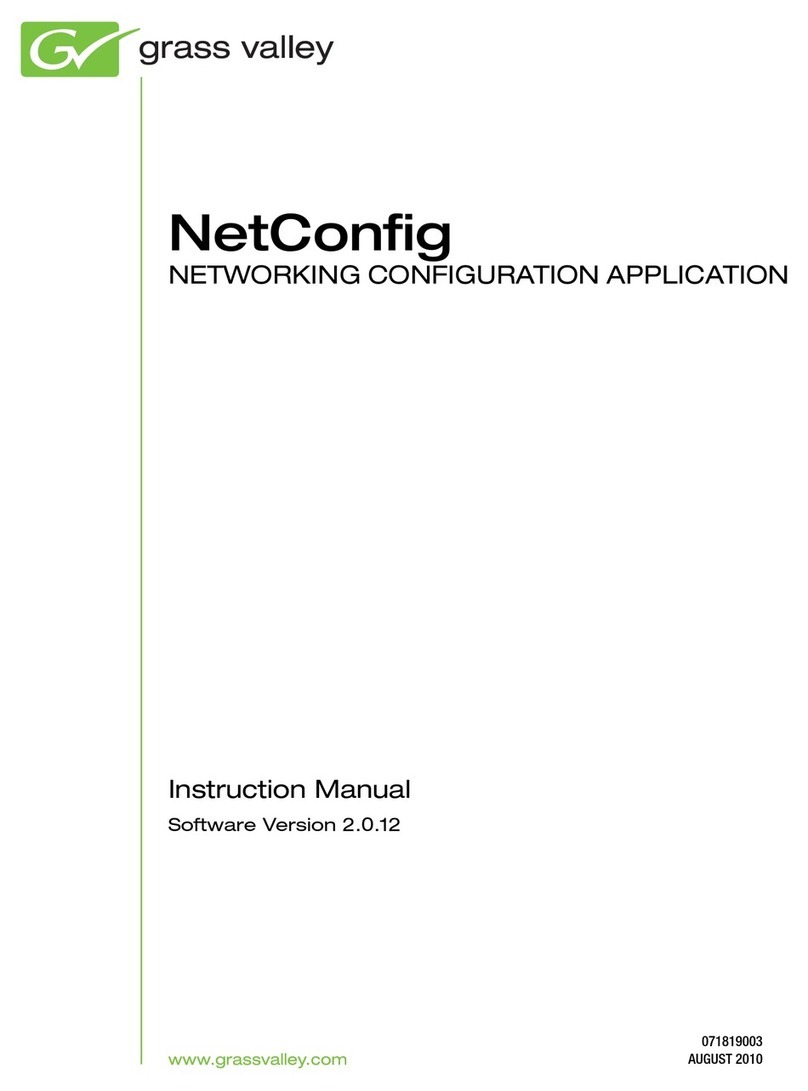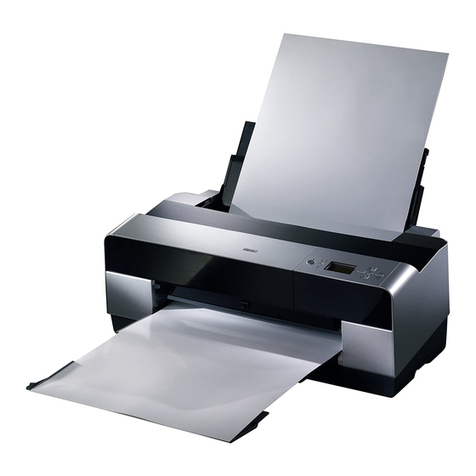
viii Aria 1.2 Release Manual
101–1477–001Edition 2
Figures
2-1. PC-to-Octel Overture 250 Direct Connection 2-8. . . . . . . . . . . . . . . . . .
2-2. PC-to-Octel Overture 350 Direct Connection 2-9. . . . . . . . . . . . . . . . . .
2-3. PC-to-Octel Overture 250 Remote Connection 2-10. . . . . . . . . . . . . . .
2-4. PC-to-Octel Overture 350 Remote Connection 2-10. . . . . . . . . . . . . . .
2-5. PC’s ONLINE UPGRADE Installation Program Screen 2-13. . . . . . . .
2-6. Screen Showing End of ONLINE UPGRADE Installation 2-13. . . . . .
2-7. Online Upgrade Main Menu 2-14. . . . . . . . . . . . . . . . . . . . . . . . . . . . . . . .
2-8. Example of PC Configuration Screen 2-14. . . . . . . . . . . . . . . . . . . . . . .
2-9. Utilities Menu 2-15. . . . . . . . . . . . . . . . . . . . . . . . . . . . . . . . . . . . . . . . . . . . .
2-10. Copy/Delete UPG Menu 2-16. . . . . . . . . . . . . . . . . . . . . . . . . . . . . . . . . . .
2-11. Screen Prompts for Beginning the File Copy 2-16. . . . . . . . . . . . . . . . .
2-12. Verification Prompt 2-17. . . . . . . . . . . . . . . . . . . . . . . . . . . . . . . . . . . . . . . .
2-13. Example of Status Messages Screen 2-17. . . . . . . . . . . . . . . . . . . . . . .
2-14. Status Messages Screen With File Copy Complete Message 2-18. .
2-15. UPG Directories Menu 2-19. . . . . . . . . . . . . . . . . . . . . . . . . . . . . . . . . . . . .
2-16. Modem Setup Menu 2-20. . . . . . . . . . . . . . . . . . . . . . . . . . . . . . . . . . . . . . .
2-17. Example of Status Messages Box With Confirmation Prompt 2-21. .
2-18. Example of Status Messages Box With Begin Automatic
Upgrade Prompt 2-21. . . . . . . . . . . . . . . . . . . . . . . . . . . . . . . . . . . . . . . . . .
2-19. Example of Online Upgrade Status Screen Showing
Upgrade in Process 2-22. . . . . . . . . . . . . . . . . . . . . . . . . . . . . . . . . . . . . . .
2-20. Example of Online Upgrade Status Screen Showing
Upgrade Complete 2-23. . . . . . . . . . . . . . . . . . . . . . . . . . . . . . . . . . . . . . . .
3-1. Example of Menu 13.11, Review Card Management 3-3. . . . . . . . . . .
3-2. Menu 20.1, Port Testing Utilities, With the Port Traffic
Statistics Option Highlighted 3-7. . . . . . . . . . . . . . . . . . . . . . . . . . . . . . . . .
3-3. Menu 20.1.5, Port Traffic Statistics Utility 3-7. . . . . . . . . . . . . . . . . . . . .
3-4. Example of the Port Traffic Statistics Utility Screen 3-8. . . . . . . . . . . .
3-5. Example of the Node Collapsing Utility Screen 3-11. . . . . . . . . . . . . . . .
